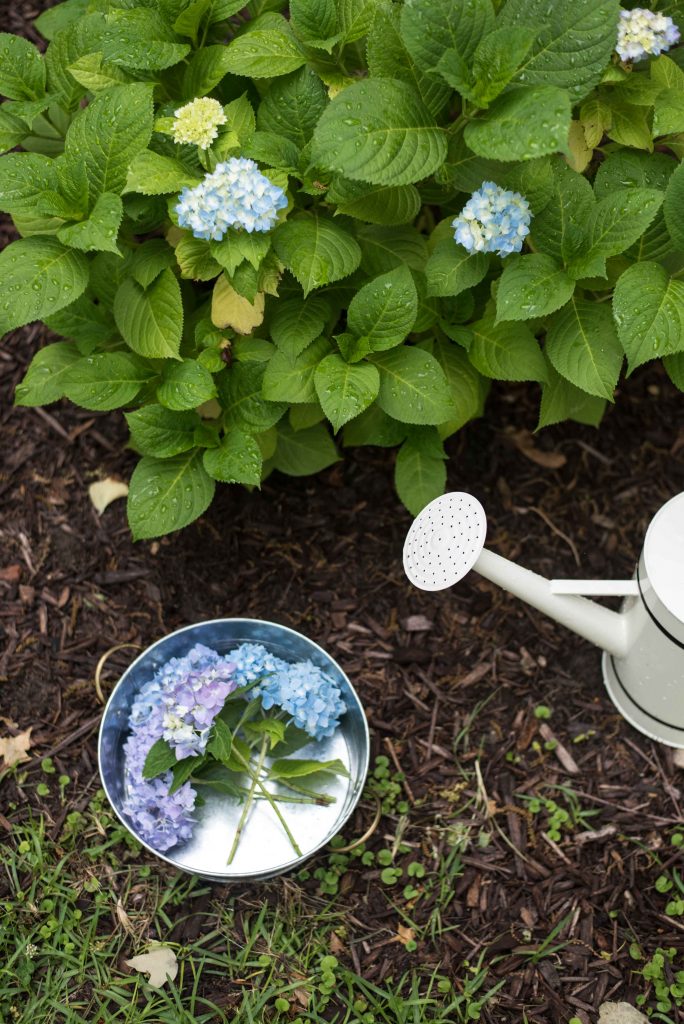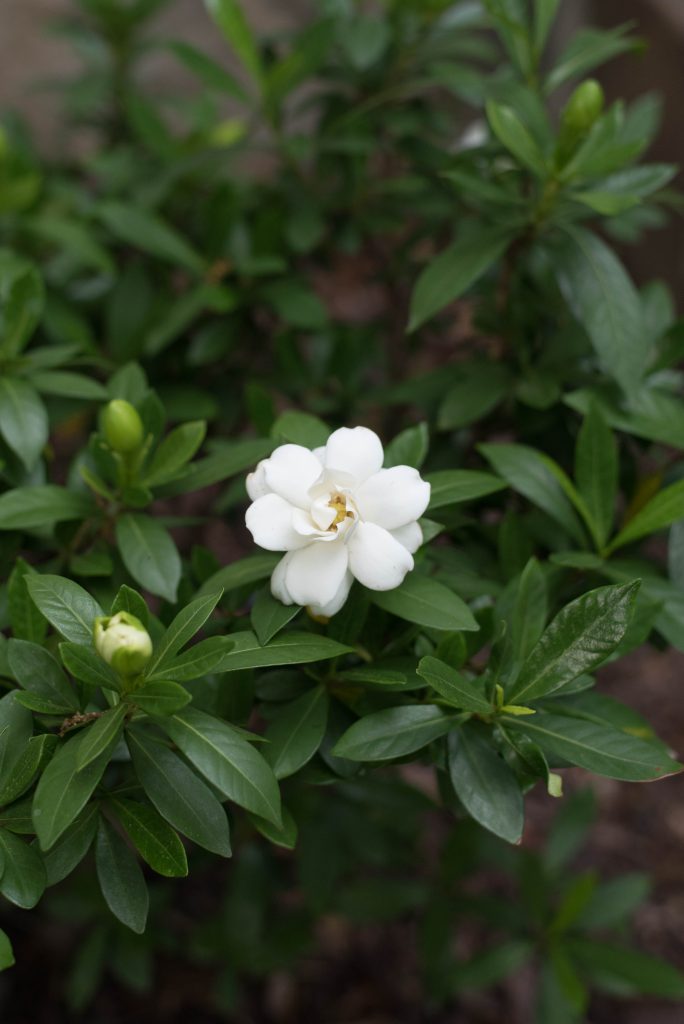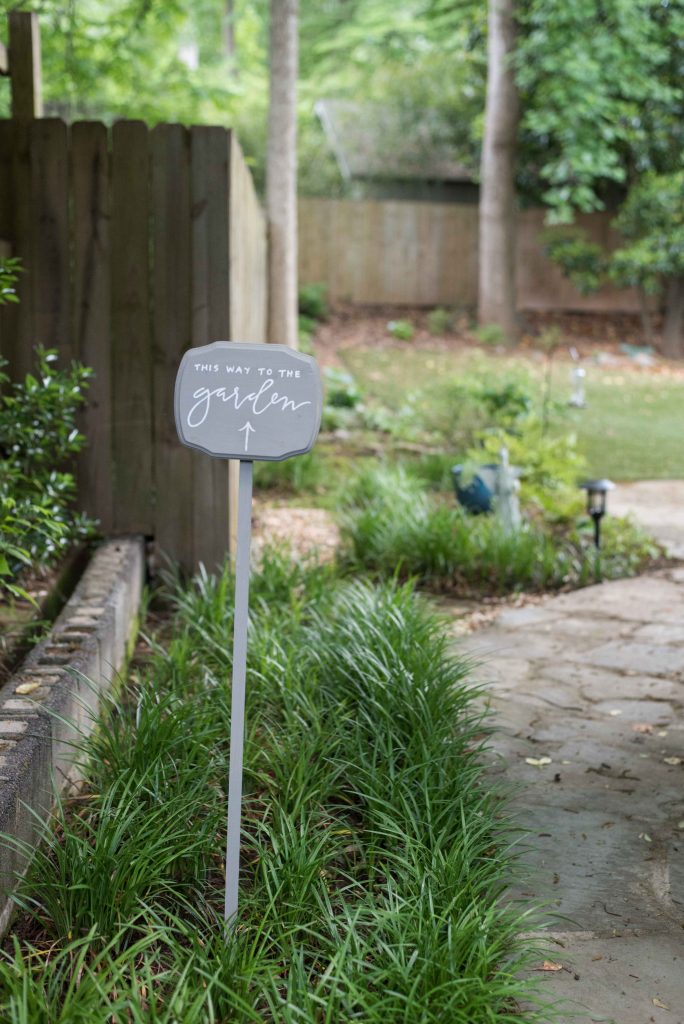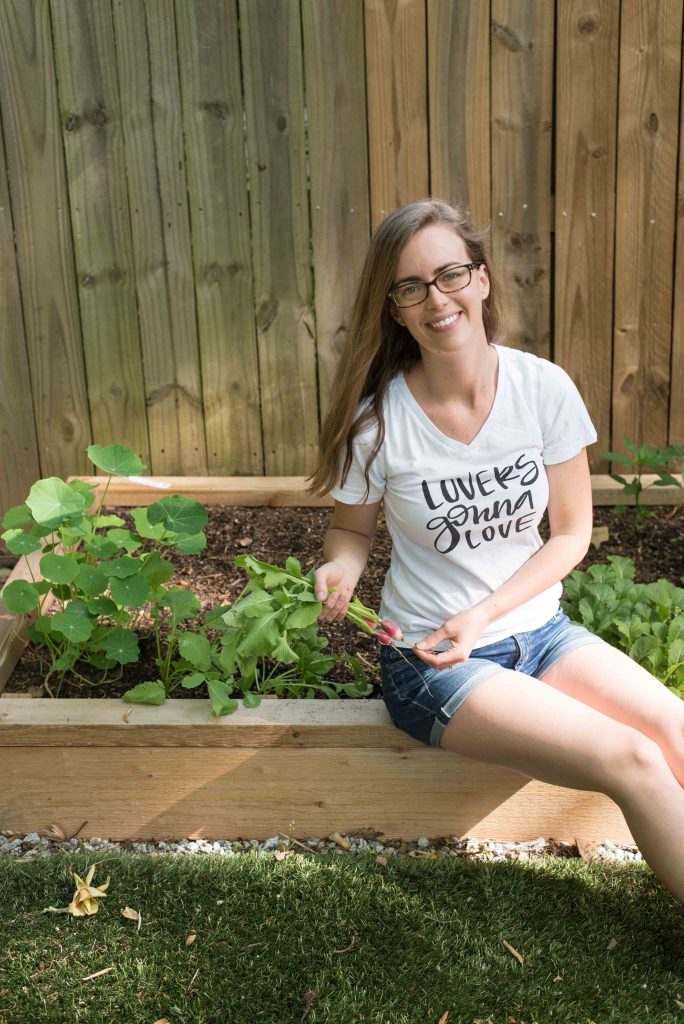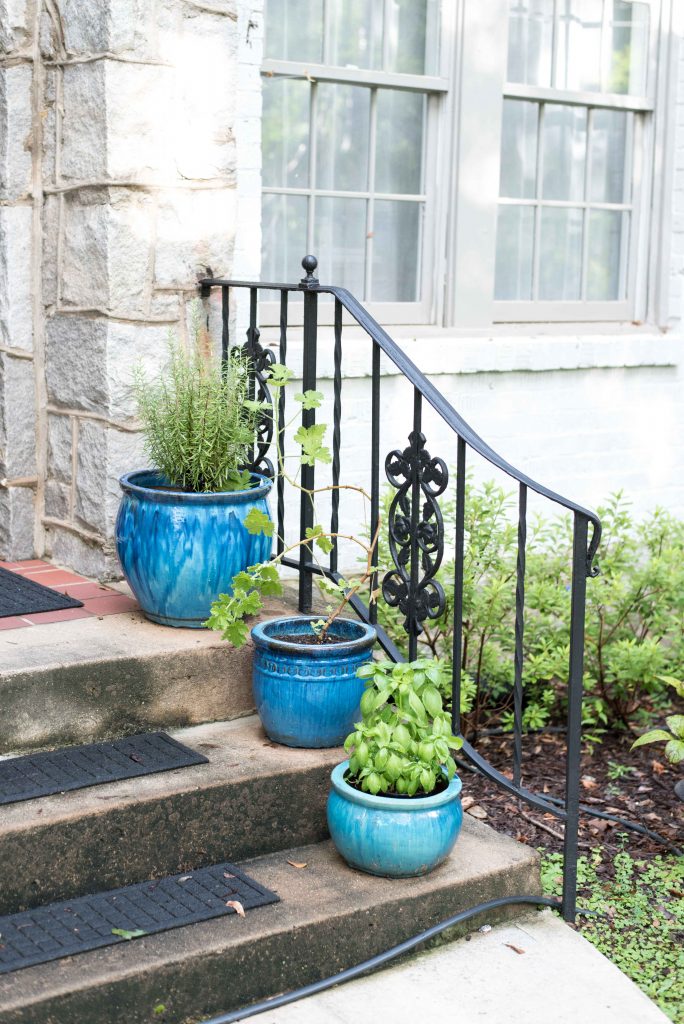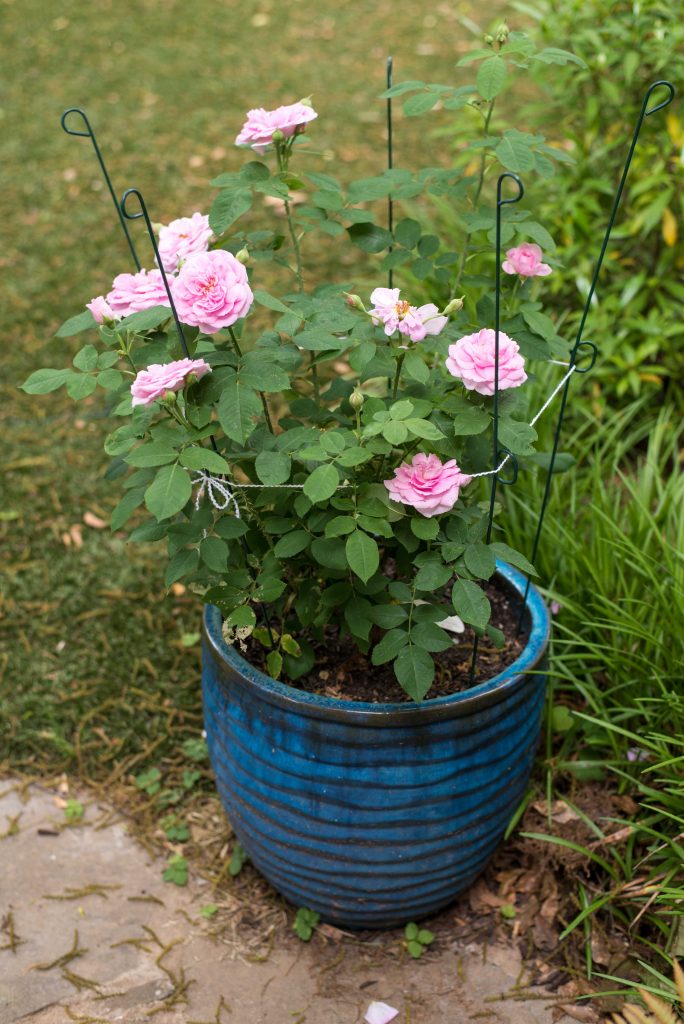
So you want to start a garden… but where do you start? This is something I get questions about every spring, but it’s especially relevant this year with us all stuck at home in quarantine. Here are five basics to get you going:
Know your USDA plant hardiness zone
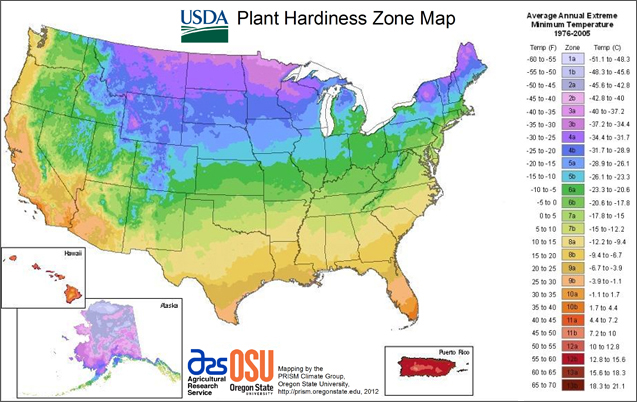
Most plants are labeled with a USDA hardiness zone, which range from 1a (northern Alaska) to 13b (tropical Puerto Rico). They’re based on the annual average extreme minimum temperature of a place, and knowing your zone will help you choose perennial plants that can survive over winter in your area. This USDA site has an option to search for your zone by zip code, and it has an interactive map of the United States. Most plants sold in nurseries will be labeled with their zones, but if not, a quick google search (ex. “Lilac hardiness zones”) should answer your questions. This doesn’t matter as much if you’re just planting vegetables that you plan to harvest once and get rid of (or other annual plants).
Know your sun exposure
This is so important for any planting (annual, perennial, vegetables, fruit, etc.)! Without the proper amount of sun, your plants will either fail to thrive or get scorched. Full sun means you get 6 or more hours of direct sunlight during the day. Partial sun is typically 4-6 hours of direct sunlight, and full shade means little to no direct sunlight. There are some exceptions, of course. For instance, some sun-loving plants do better with only morning sun in hotter regions because the afternoon sun is too hot.
Know your soil
Plant tags or information online will typically list a soil preference–it’s usually “moist, well-drained soil.” Many plants don’t like soggy feet, meaning that the roots don’t like to sit in water. Here in the South, we have heavy clay soil, which is very dense and doesn’t drain well. Whenever I dig a hole for a plant, I amend the native soil with a pine bark-based soil amendment from a local nursery. It helps lighten the soil to improve draining. In other areas of the country, you might have very sandy soil that drains quickly, doesn’t retain moisture, and needs to be amended with organic matter like compost. The acidity of your soil can also have an effect. Plants like blueberries love acidic soil, and some hydrangea blooms can turn different colors based on how alkaline or acidic the soil is.
Under normal circumstances, you could send a soil sample from your yard to your local county extension office to get it analysed. Due to the COVID-19 shutdown, that may not be an option (or you might have neither the time nor patience to wait for the report). A google search can give you a general idea (ex. “Atlanta soil type”), or you can ask at a local plant nursery (again, under normal circumstances).
Know your planting site
There are many options for where you plant things: in the ground, in a raised bed, in a pot (of which there are a plethora of types). If you’re planting in the ground, you may need to amend the soil as mentioned above, and you’ll need to select a site that has enough sunlight and isn’t too close to other plants or trees that will compete for resources. Make sure you select a site with sufficient space for the mature size of the plant! A seedling might be little, but you don’t want to end up with a 20-foot tree a few feet away from your house.
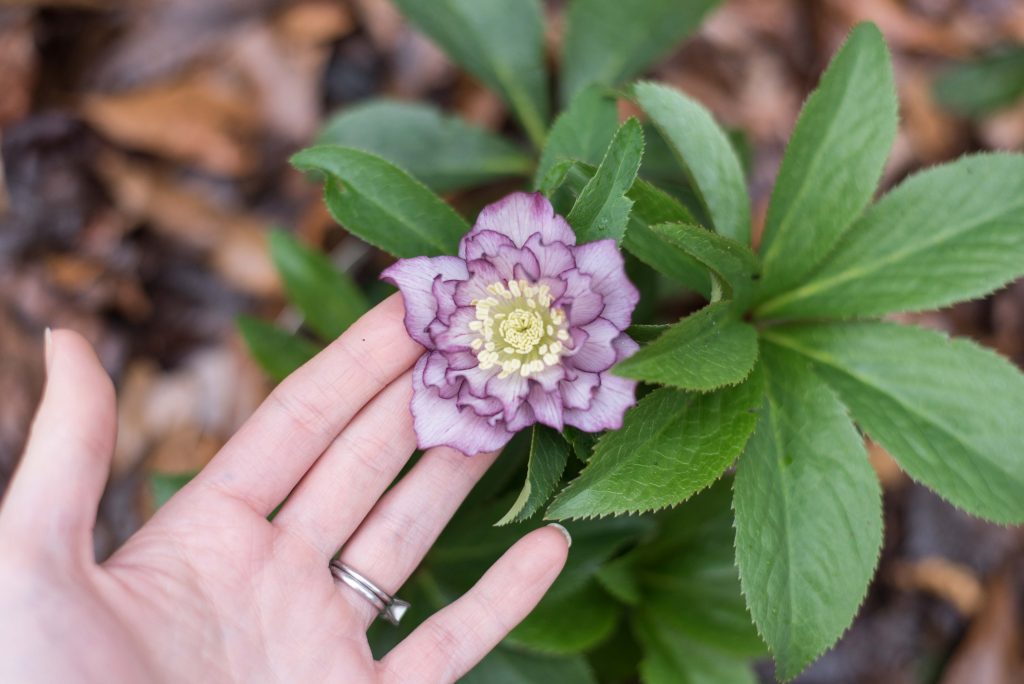
A raised bed allows for better soil and drainage, but sunlight is still an important factor to placement. Depending on the size of your raised bed, you’ll likely need a LOT of soil to fill it up. Keep that in mind for both cost and logistics (those bags of soil are heavy). The good news is that you have control over the quality of soil. I recommend adding some compost if you’re growing fruits and vegetables. Here’s a YouTube tutorial for a raised bed similar to mine. I recommend using cedar, which is naturally pest repellent. Untreated cedar is ideal, especially if growing edible things, but it can be pricey. Cedar fence posts are a great budget option (though they’re almost always treated with chemicals).
Pots allow for more flexibility; you can move them indoors in bad weather, you can change their location if the plant isn’t getting the correct amount of sunlight, and they tend to drain better than the ground. The material of which your pots are made can make a big difference. Plastic is the cheapest option, but plastic pots don’t retain heat (which can be good or bad depending on your climate), and you might be concerned about chemicals leaching into the soil. Plastic isn’t breathable, so moisture doesn’t escape, which can be helpful if you water infrequently or bad if you tend to overwater. Terracotta pots are also a good budget option, but they can crack in cold weather. Unglazed terracotta breathes well, so moisture can escape, which has the opposite effect of plastic vessels. Ceramic pots often have the best aesthetics and have a good blend of durability and moisture retention. However, they’re usually very heavy and more difficult to move and can be quite expensive. I’ve gotten most of mine at budget stores like HomeGoods and TJ Maxx. Most importantly, you want pots with holes in the bottom for drainage! (Note: I don’t use saucers outside because mosquitoes breed in sitting water!)
If you choose to use raised beds or pots, you’ll want to change out the soil every year and be mindful of fertilizing because the soil will get depleted more quickly than the ground. If you’re planting more than one thing in a pot, make sure the plants have similar water needs. For instance, you wouldn’t want to put rosemary or lavender that prefers a hot, dry climate with basil, which needs lots of water.
Get started!
The best way to learn about gardening is to just do it! Trial and error is essential. Start with a few things rather than trying to do a whole lot at once. Keep in mind that gardening also requires patience; it can take years for plants to fill out to their mature size and fulfill your vision of your garden. (I promise I hate saying that as much as you hate hearing it… YEARS! I’m not patient.) If you have questions, I always recommend a quick Google search. There’s a wealth of information on the internet! I often consult the Old Farmer’s Almanac, Gardening Know How, and Walter Reeves (for Georgia specifically).
Herbs and greens are great options for starting to grow edible things. Peace lilies (spathiphyllum) and snake plants are low maintenance indoor plants. If possible, find plants native to your area for outdoor planting, as they’re most likely to succeed.
Some basic vocabulary to know:
Annual – a plant whose full life cycle only lasts a year (or a season)
Biennial – a plant which blooms the second year after it’s planted from seed
Perennial – a plant which returns every year
Full sun – at least 6 hours of direct sun
Part sun – typically considered 4-6 hours of direct sun
Full shade – fewer than 4 hours of direct sun
Germination – process by which a seed sprouts


